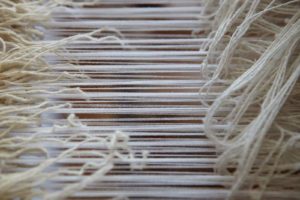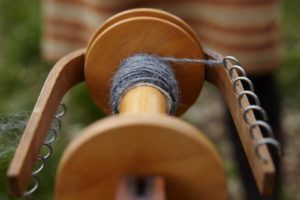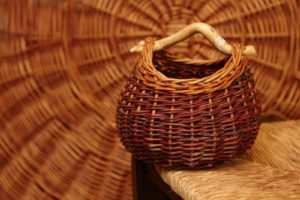
In some villages of Transylvania, even the factory products could not completely displace the peasant looms, and there are still houses in the villages where especially during winter days the noise of the loom is still heard. 
The earliest and still prosperous form of weaving is spinning, from wicker, rump, straw or corn husk. From wicker they make hand – made basket and storage containers, from straw hats and bags from corn husk chair backs and seats, from rug carpets and wall protectors. The Spinning houses were one of the most important community venues in the old village life, where villagers, old and young people, gathered from autumn harvest to the end of the carnival season and span the hemp into useful thread. The Festivals of Folk Arts offers its visitors the possibility to get acquainted with the various materials and weaving techniques: the weaving on the loom, ribbon and carpet weaving, but they can also experience spinning and hair plaiting. On the Fishing Boy’s 
Hempers are also working hard, soaking, tilting, breaking, jerking and doing more work until the raw hemp turns to yarn. Visitors can even try out some of the workflows.


